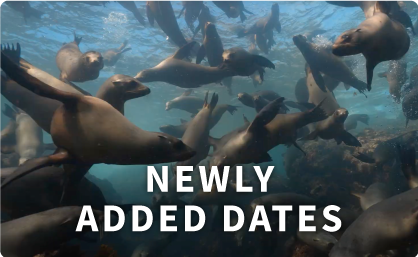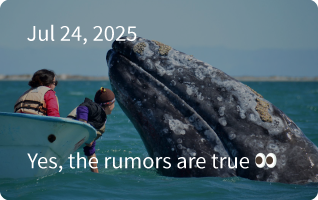Total Lunar Eclipse Mexico – March 3, 2026
2025-10-17
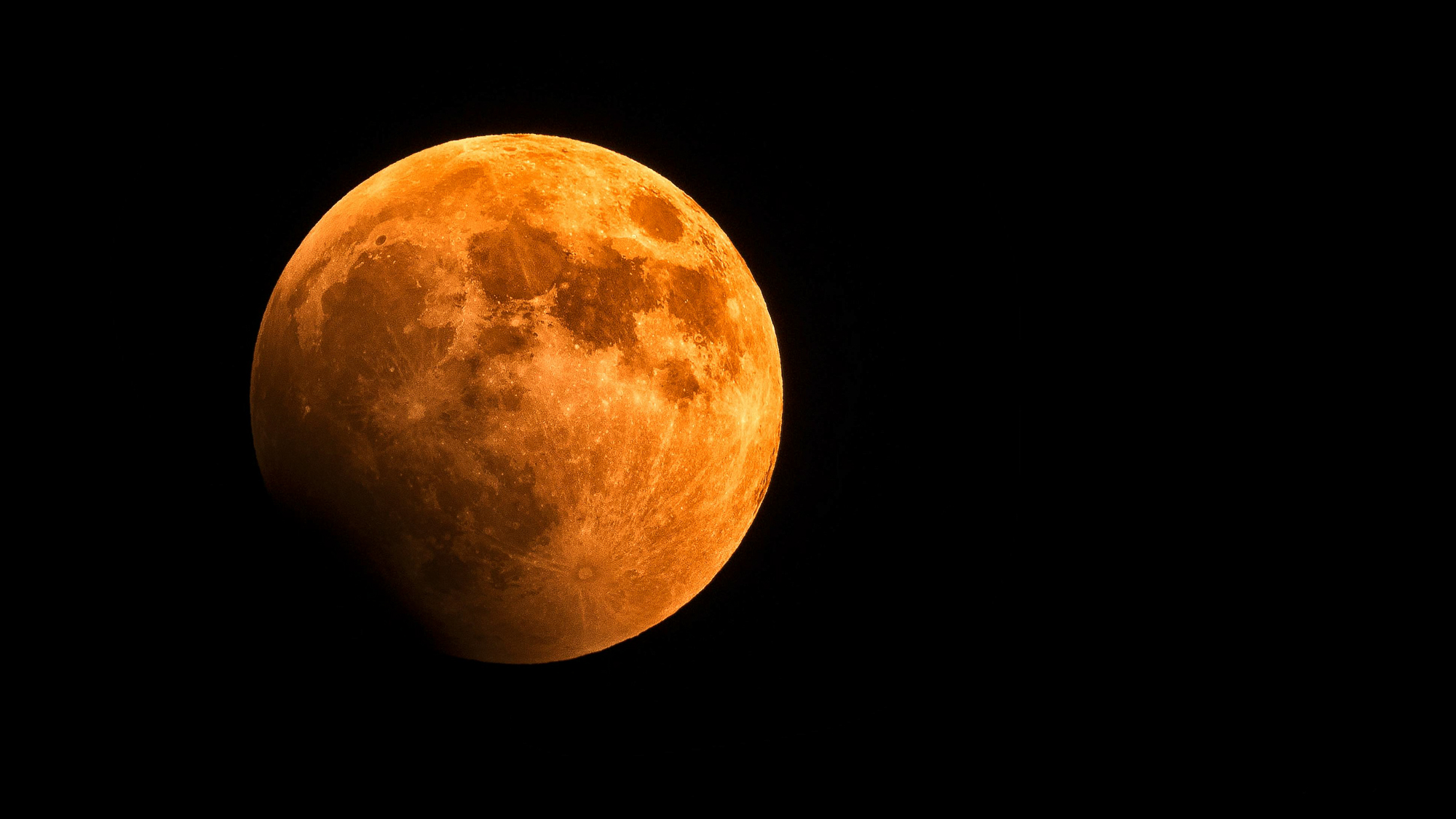
Before dawn on Tuesday, March 3, 2026, the Moon will slip fully into Earth’s shadow, a total lunar eclipse over Mexico, transforming its silver-white glow into a deep, copper-red blood moon. While the total lunar eclipse will be visible across much of the night side of Earth, few places offer a view as pure and profound as the Baja Peninsula. With its sweeping desert horizons, mirror-flat lagoons, and almost no light pollution, Baja feels worlds away from the hum of modern life — a place where nature still sets the rhythm and time seems to slow down.
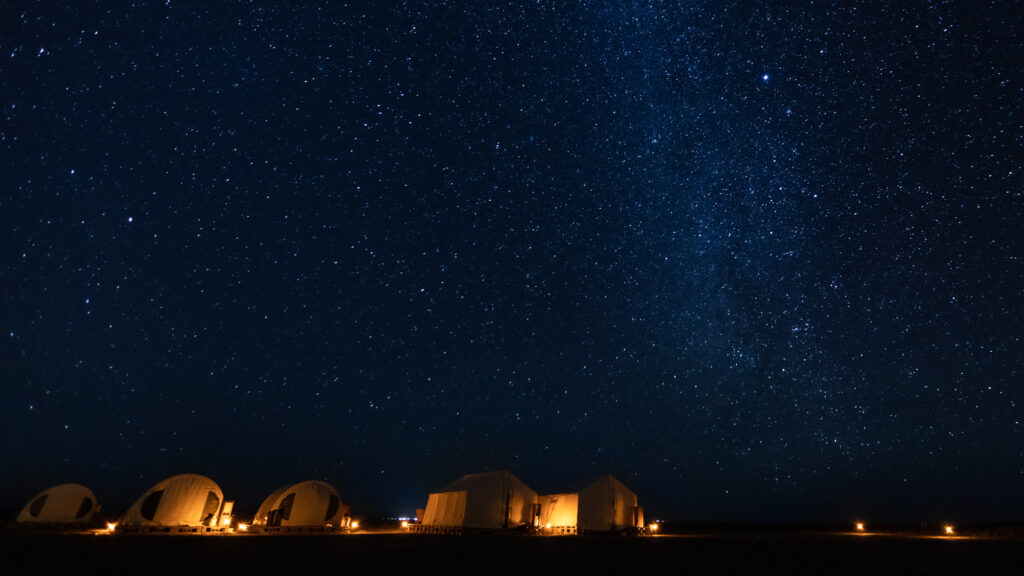
A Timeless Setting: San Ignacio Lagoon
At San Ignacio Lagoon, the desert meets the sea in a landscape that seems suspended in time. Here, beneath a canopy of countless stars, the air feels sharper, the silence deeper. Nights here are quiet except for a whisper of the wind or the soft exhale of a whale surfacing offshore.
In the vast wilderness, it’s easy to imagine ancient travelers or early fishermen standing on the same shores, gazing up at the same constellations. They may not recognize the world around them today, but the stars above remain unchanged. For thousands of years, the same stars have guided humanity across oceans and deserts. And below, another age-old journey continues: the annual winter migration of the grey whales.
“The same sky has watched over these whales for millennia, guiding them along their migratory path. And for a moment, standing on the shore, you feel a part of something much bigger than yourself.”
Scarlett (Naturalist) – Feb 08, 2025
When and How to See the Total Lunar Eclipse in Mexico
In the early hours of March 3, 2026, these two cycles, celestial and oceanic, will briefly align during a spectacular total lunar eclipse in Mexico. The total eclipse or Blood Moon will last for 58 minutes, from 4:04 am to 5:02 am, reaching its peak red glow at 4:33 am. Even after the total phase ends, a partial eclipse continues until 6:17 am, giving even late risers a chance to catch a glimpse of the lunar eclipse.
For those lucky enough to be at San Ignacio Lagoon, it’s worth setting an early alarm and stepping outside with a warm drink. Overhead, the Earth’s shadow will glide slowly across the lunar face, bathing the landscape in shades of crimson and rose-gold. Around you, the world will fall silent — just distant lapping waves and the occasional whale’s exhale. It’s a surreal, beautiful experience that words can scarcely capture.
View the eclipse map & times for Laguna San Ignacio »
Check the eclipse times for your exact location »
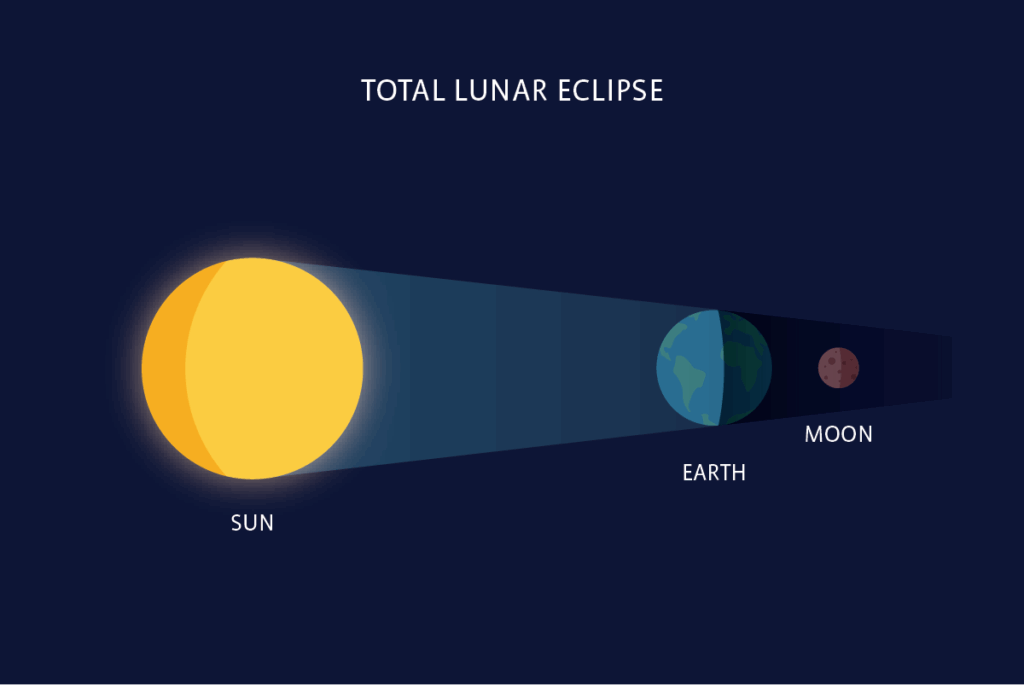
What Happens During a Total Lunar Eclipse
During a total lunar eclipse, the Earth moves directly between the Sun and the Moon, casting its shadow across the surface of the Moon. But rather than disappearing completely, the Moon glows red — an effect caused by Earth’s atmosphere bending and filtering sunlight. The shorter blue wavelengths are scattered, while the longer red and orange tones slip through, bathing the Moon in the same warm hues that color our sunsets.
For just under an hour, the full Moon becomes a glowing ember suspended in the sky. A truly awe-inspiring sight against the dark desert backdrop.
Whale Watching in Mexico: Where Sky Meets Sea
Every winter, Pacific grey whales travel more than 10,000 miles from their Arctic feeding grounds to the warm, protected lagoons of Baja California Sur. Here, in one of the most pristine and remote corners of the world, whale watching in Mexico reaches its peak.
San Ignacio Lagoon is one of their most treasured stops — a sanctuary for rest, birth, and play after one of the longest migrations on Earth. For thousands of years, this cycle has repeated itself: as the seasons change, the whales return to their ancestral breeding grounds. Under the same stars that have watched over them for generations. It’s hard not to feel a sense of awe watching a blood moon rise over this peaceful whale sanctuary.
To learn more about stargazing and other adventures in San Ignacio, see our related blog: Top Things to Do in San Ignacio, Mexico
Stargazing in the Desert: Baja’s Nighttime Magic
But you don’t need an eclipse to enjoy Baja’s night skies. Stargazing here is a nightly ritual — a moment to pause and take in the immensity of it all. After sunset, millions of stars ignite across the inky-black desert sky. So clear and bright that even the naked eye can trace constellations and spot distant planets. The crisp desert air sharpens every detail, and depending on the season, even planets like Venus, Mars, Jupiter, and Saturn glow like jeweled lanterns.
Desert nights can be surprisingly chilly, so bundle up with a blanket, lean back, and let your eyes adjust. Out here, far from city lights and cell signals, stargazing in Baja is a return to simplicity. There’s beauty in the stillness, to be completely present in the moment, to feel like you’re at the edge of the world.
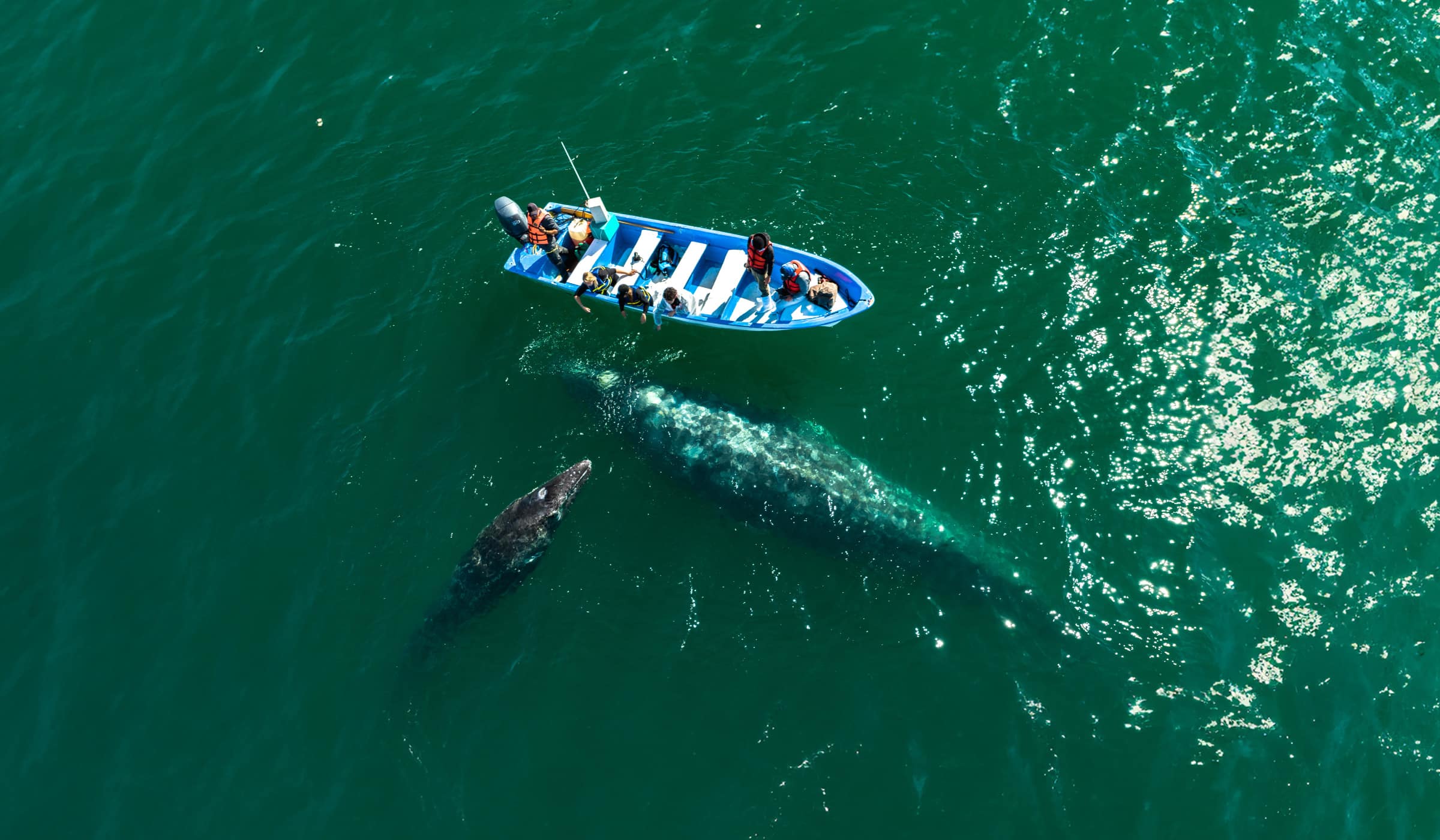
A Rare Moment of Connection
Whether you’re watching the copper glow of the 2026 blood moon or simply the endless Baja stars, San Ignacio Lagoon offers a rare kind of peace — an authentic, off-grid experience with close-up whale encounters, it reminds us how vast, quiet, and timeless our world can be.
Not sure where San Ignacio Lagoon fits into your Baja adventure? Explore our Baja Mexico Map or contact the Baja Expeditions Team and let us plan your route beneath the stars.




